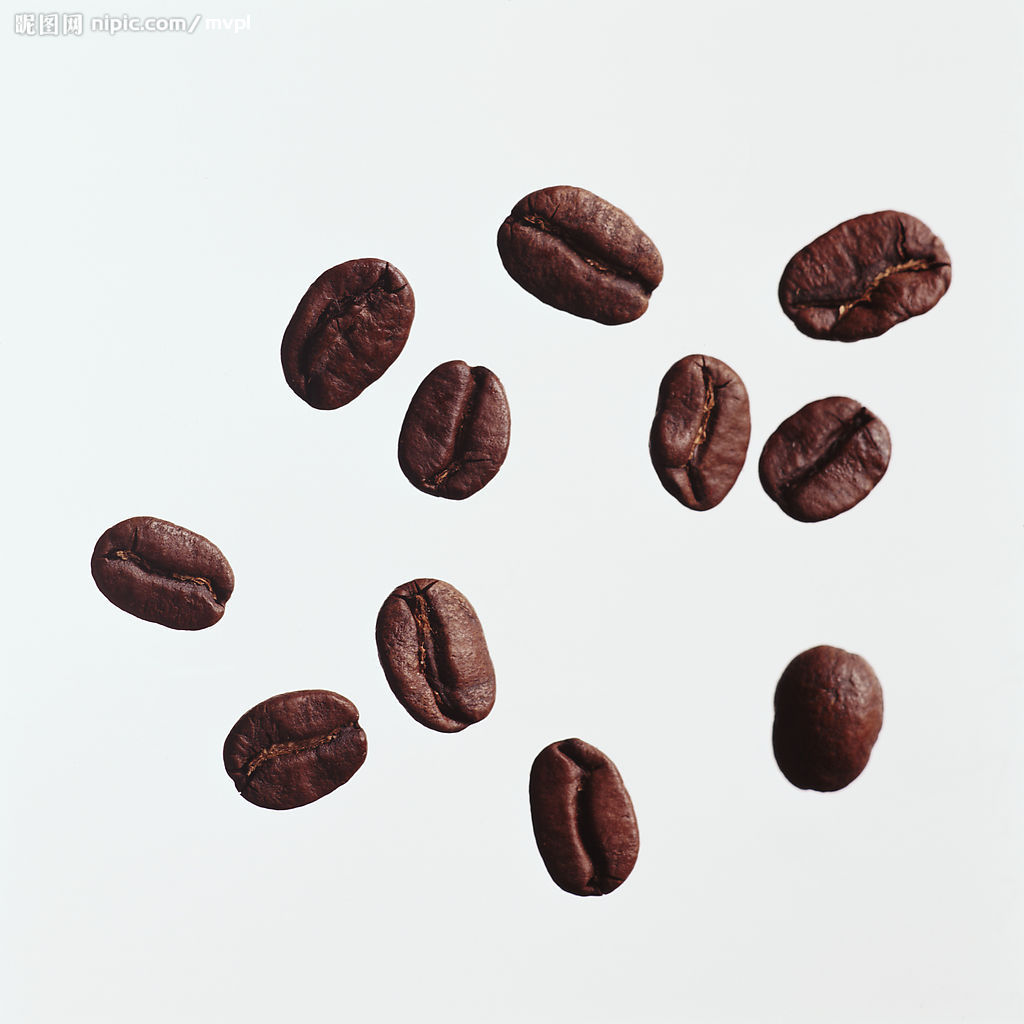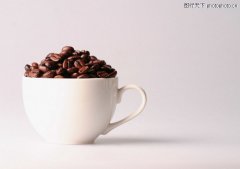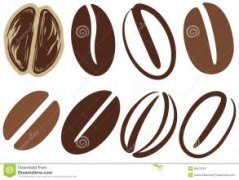Taste and taste of espresso Coffee Machine Brand Italian blend Bean Italian Milk Coffee English

The Italian condensed "less" doesn't care about Tian Chang Di Jiu (Eternal Dumpling), only about what it once had. The Italian style is concentrated in a small amount, and each mouthful presents a magnificent feast for the taste buds. Good Italian concentration, even if the amount is small, but the aroma lingers in the lips and teeth for a long time, dozens of minutes later, you can still feel the wonderful aftertaste.
Today, with the vigorous development of Italian milk coffee, the taste and taste of espresso also highlight its status. Espresso is the cornerstone of a cup of coffee, its quality and taste are directly related to the quality of a cup of coffee! In the international WBC barista competition, the production of espresso is also an important competition point. Coffee industry insiders and coffee lovers all over the world focus on this golden liquid with only 30cc, so its importance can be seen!
Perhaps my analysis is relatively shallow, but also ask the heroes to forgive me, this is also a little bit of experience during my work!
As we all know, espresso is quickly extracted from high-pressure water through nine atmospheric pressures, so the requirement for extraction is to stabilize the flow rate, and it is necessary to control the extraction time to produce 30cc in about 25 seconds, so that the taste of the coffee will be balanced. Only by letting the water evenly pass through the coffee powder can the flow rate be stable.
So the first requirement is to press the powder horizontally and evenly, without skew, so that the pressure on all parts of the coffee powder is equal.
The second point is about the analysis of the gap between the brewing head and the coffee powder inside the handle during the extraction, which I think is the most important part in the extraction.
The two key points to be mentioned in this part are powder loading and packing.
First of all, let's talk about the popular powder and filling pressure. generally, the data given on the Internet or in books are mostly (per person) 7 grams of powder, and the filling strength of 15muri is 20 kilograms. the method of operation is to load the powder directly and keep it level with the edge of the handle. scrape the powder with a 45-degree angle with the top cover of the bean grinder, fill the pressure, get on the machine, and the extraction state (under the general temperature and humidity environment, fresh coffee beans) is very fine and stable in the first ten seconds. Liquid is dark brown, 12 seconds flow suddenly thick and speed up the flow rate, 15 seconds or so 30cc. Such a cup of esptesso is failed, the early extraction will be excessive, the scorched taste is quite obvious, the later extraction is unstable, the taste is messy, there is less oil, and even extreme bitter taste. Such a cup of coffee can be regarded as full of miscellaneous flavors!
Many people will think that it is due to the lack of powder pressing and the breaking of pressed powder. If we carefully analyze what happens in the handle of espresso extraction, I believe you will reconsider whether you should only work on the power of powder pressing!
As we all know, there are many factors that affect espresso. My analysis means that under normal circumstances, do not dwell on the details.
First of all, let's talk about what's going on in the coffee handle. In this way, after pressing the coffee powder, because the coffee powder is solid, the water will accumulate in the gap between the brewing head and the coffee powder, resulting in the early extraction flow rate is too fine, resulting in excessive extraction, and the coffee powder will automatically expand when hot water passes through the coffee powder. the position of the powder will begin to rise, resulting in a large uneven gap between the coffee powder particles inside the coffee handle after a certain degree of expansion. Hot water will instantly penetrate the coffee powder in such a gap, resulting in insufficient extraction in the later stage.
Therefore, under such analysis, you will realize that the flow rate and state of espresso are not determined entirely by the force of pressing powder. A series of reactions inside the handle show that in order to make the flow rate and extraction stable, it is necessary to ensure that the space for coffee powder expansion is reduced, and the gap after expansion is uniform, so that water can steadily and evenly pass through coffee powder to achieve uniform extraction and control the extraction time. Since the origin of the name espressso is related to pressure, I think it should refer to the water pressure of the coffee machine and the whole extraction pressure inside the handle of the coffee machine, so it is necessary to comprehensively consider the water and coffee powder and expansion space inside the handle, not just consider the pressure on the surface of coffee powder, understand this change and principle, you can adjust your grinding degree and powder pressure and extraction time.
PS: of course, this is about the analysis of the extraction principle as a whole. There are still many questions about the details of each restaurant, including the brand, performance, water pressure and so on of the coffee machine. Please don't worry about these problems. I emphasize the analysis of the whole principle, so if you have any better suggestions, don't hesitate to comment! Thank you
Important Notice :
前街咖啡 FrontStreet Coffee has moved to new addredd:
FrontStreet Coffee Address: 315,Donghua East Road,GuangZhou
Tel:020 38364473
- Prev

The taste of espresso caffeine coffee is "bitter" with coffee beans.
Espresso is often the cheapest coffee on MENU, which is really suitable for those who want to order but still want to save money. if you can correctly understand some knowledge of espresso, espresso will become the most professional, tasteful and inexpensive choice, even if it is not the best choice. The taste of Italian concentrated bitter coffee can be divided into four categories: sweet, sour, bitter and astringent
- Next

Grindability of espresso from pressing Powder to extracted Coffee selective Powder Hammer for Italian blending Coffee Machine
First of all, the grinding degree of coffee every day will be adjusted appropriately after the test cup in the morning according to the weather, humidity and temperature. during the test cup, we should observe the state of coffee extraction and the taste after quenching! Finally, a judgment is made to determine the strength of the powder pressing. In previous articles, I have also stressed that the degree of grinding and powder strength are not immutable! Every day or even all the time.
Related
- What documents do you need to go through to open a coffee shop? coffee shop coffee shop certificate processing process
- How to purchase Coffee beans in small Cafe how to choose a suitable supplier for domestic Coffee supply Company
- How to drink Starbucks Fragrance White Coffee? how to make Australian White Coffee? what Italian coffee beans are recommended?
- The Story of Flora Coffee: the name of Flora Coffee Bean and the implication of the Flowers on Florna Coffee
- How much does a cup of coffee cost? How much is the profit of a cup of coffee? What is the profit of the coffee shop in a year?
- Yunnan small Coffee, known as "fragrant Coffee", introduces the characteristics of Alpine Arabica Coffee producing areas in Yunnan, China
- 2023 latest Starbucks full menu price list how much is a cup of Starbucks coffee what is better to drink the most popular hot and cold drinks recommended
- Starbucks different kinds of Coffee Price list Starbucks menu 2023 Top Ten Best drinks in Starbucks
- Starbucks Spring praise Comprehensive matching Coffee Bean theme Story Packaging implication and taste description
- The cost of a cup of coffee latte American coffee cost price and selling price

